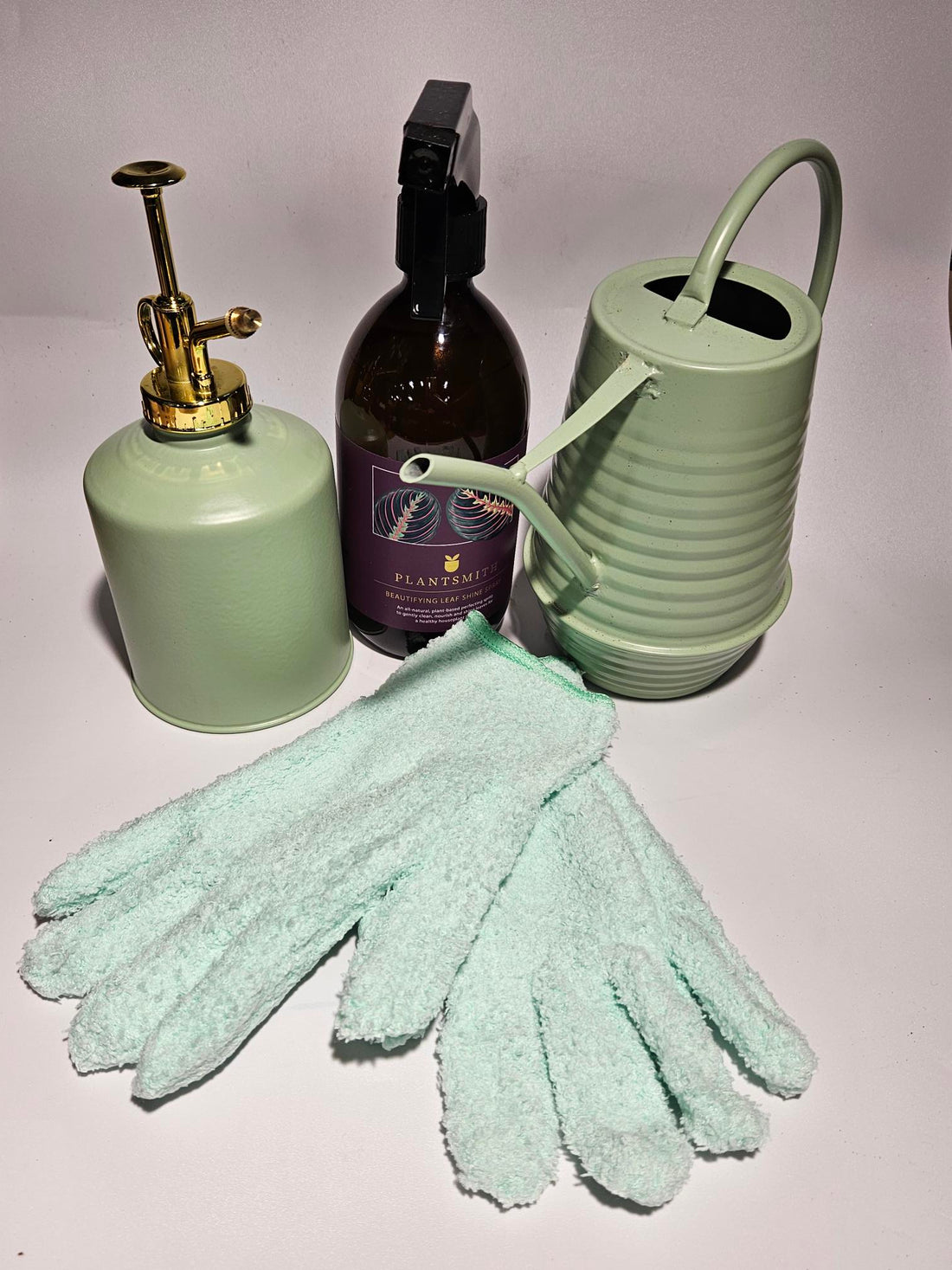
5 Top Tips on How to Care for Houseplants During the Winter
Share
Winter can be a tough season for houseplants. With shorter days, cooler temperatures, and dry indoor air, many plants may struggle to thrive. However, with the right care and attention, your houseplants can continue to flourish throughout the colder months. Here are five top tips to keep your indoor greenery healthy during the winter:
1. Ensure Adequate Light
As winter days grow shorter, natural light becomes scarcer. Most houseplants, especially those that thrive in bright light, can suffer from a lack of sunlight during this season. To help your plants thrive:
- Move them closer to windows where they can get more natural light. South-facing windows are best, but even a north-facing window can be better than no light at all.
- Rotate your plants regularly to ensure all sides receive sunlight and stay healthy.
- If natural light is still insufficient, consider using grow lights to supplement the sunlight and give your plants the light they need to thrive. This is especially important for tropical plants and succulents.
2. Adjust Watering Practices
In winter, houseplants typically require less water. The cooler temperatures and reduced sunlight cause plants to grow more slowly, reducing their need for moisture. Over-watering is a common problem during winter, which can lead to root rot and other issues.
- Check the soil before watering: Stick your finger about an inch into the soil. If it feels dry, it’s time to water. If it’s still moist, hold off.
- Water in the morning: Watering in the morning gives your plants enough time to dry out before nighttime, reducing the risk of fungal growth.
- Avoid letting plants sit in water: Empty excess water from saucers to prevent the roots from sitting in stagnant water.
3. Maintain Humidity Levels
Winter air is often dry due to indoor heating systems, and this can be a challenge for many houseplants, especially tropical varieties that thrive in higher humidity levels. Dry air can cause leaf edges to curl and brown.
- Increase humidity around your plants by using a humidifier or placing a tray of water with pebbles near your plants. As the water evaporates, it will raise the humidity level.
- You can also group plants together to create a microenvironment with higher humidity. Plants naturally release moisture, and when grouped, they create a more humid space.
- For a DIY solution, mist your plants with water occasionally, but be cautious not to overdo it, as excess moisture on leaves can lead to fungal issues.
4. Keep an Eye on Temperature
While your plants are indoors, they can still be sensitive to temperature changes. Drafts from windows, doors, or vents can affect your plants, and extreme temperature shifts can cause stress.
- Avoid placing plants near heat sources like radiators, space heaters, or fireplaces. These can dry out the air and damage delicate foliage.
- Similarly, keep plants away from cold drafts from windows or doors. If possible, move plants away from windows at night when temperatures drop.
- Aim for a consistent temperature: Most houseplants do well in temperatures between 60-75°F (16-24°C), but always check the specific needs of your plants.
5. Fertilize Less
In winter, many houseplants go into a dormant or slower-growing phase. This means they don't need as much fertilizer as they do in the growing season. Over-fertilizing during winter can lead to nutrient imbalances and stress.
- Cut back on fertilizing: Most plants do not require fertilizer during the winter months, and some may not need any at all. If you must fertilize, use a balanced, diluted fertilizer once every 4-6 weeks.
- Don't fertilize plants that are dormant: Some plants, like many tropical varieties, enter a rest period during the winter, and fertilizing them during this time can lead to overstimulation.
Bonus Tip: Prune and Clean Regularly
Winter is a great time to check your plants for dead or damaged leaves. Pruning not only helps with the plant’s overall health but also improves air circulation, which can be crucial in the dry winter months.
- Remove dead or yellowing leaves to keep the plant looking tidy and healthy.
- Clean the leaves gently with a damp cloth to remove dust. Dust can block sunlight and reduce photosynthesis.
By adjusting your plant care routine for the winter months, you can ensure that your houseplants stay healthy, vibrant, and ready to bloom again when spring rolls around. Happy plant parenting!
